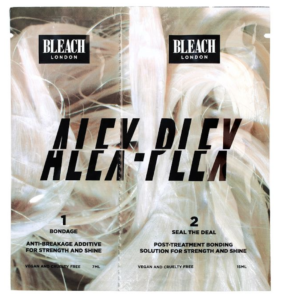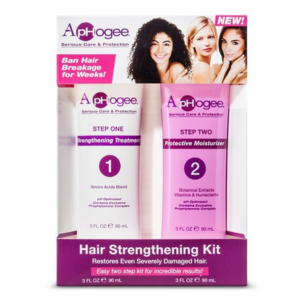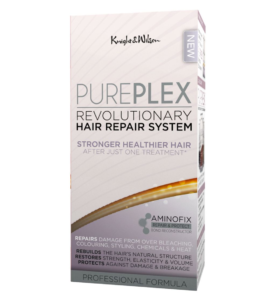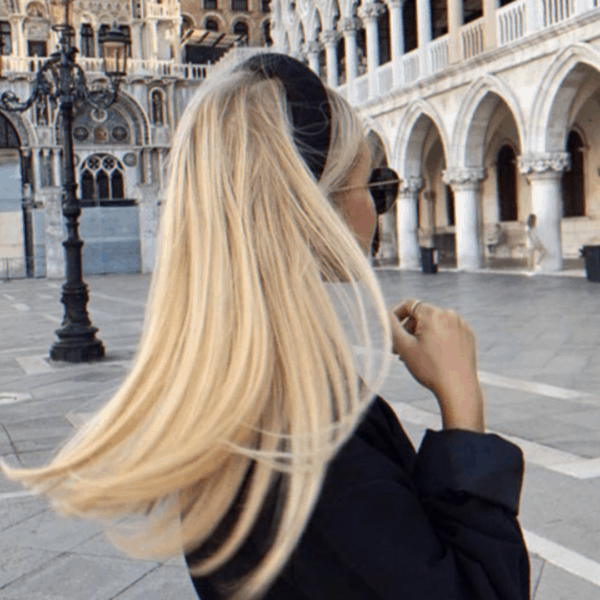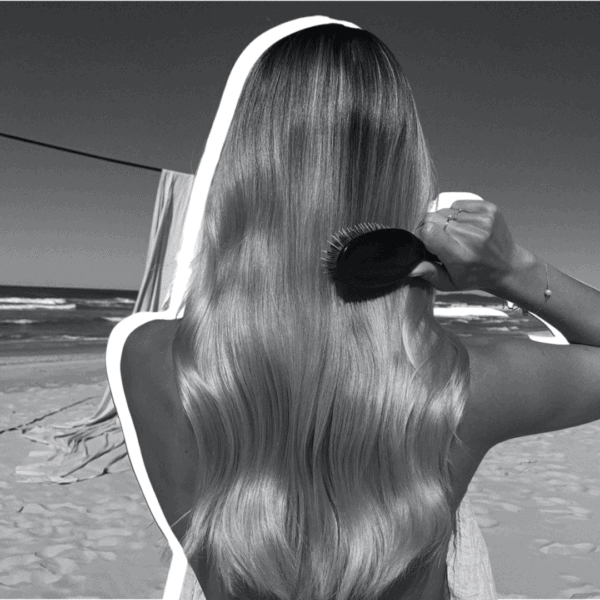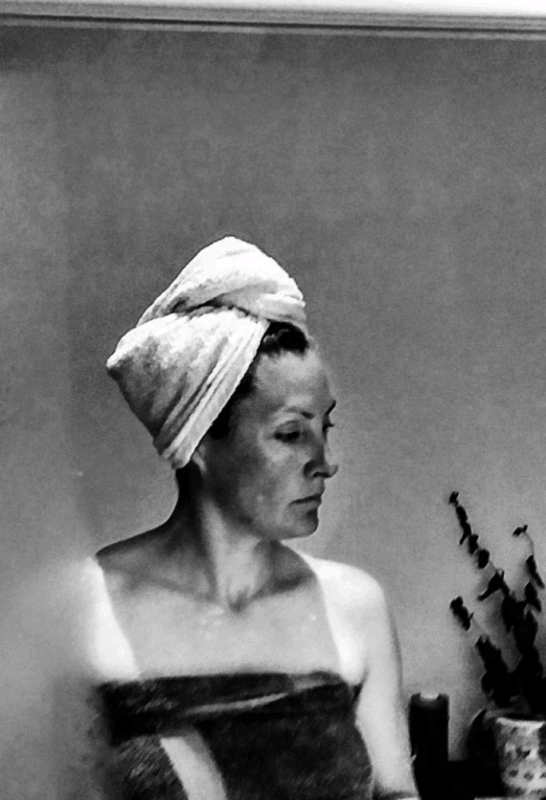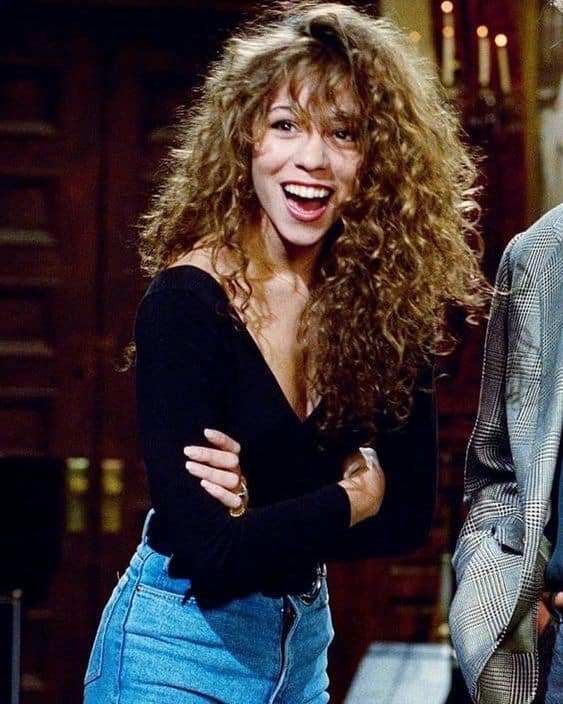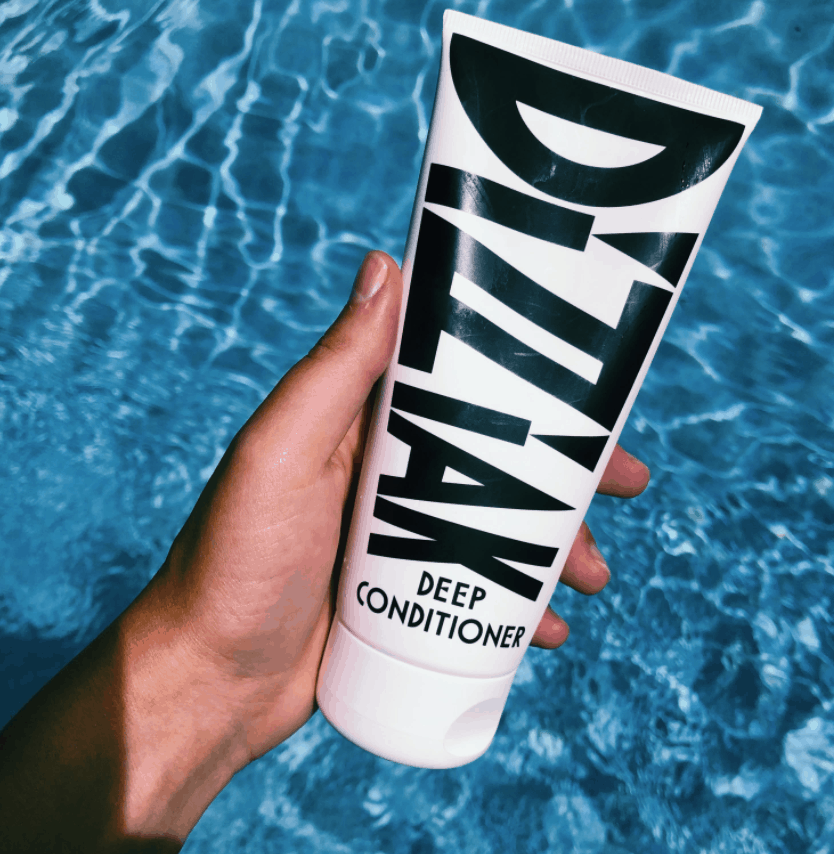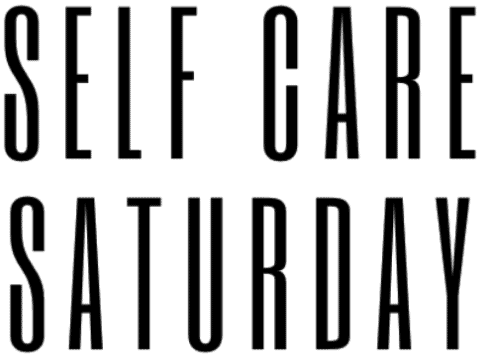
This is for all you fellow curly haired girls out there who have beaten their manes into submission for god knows how long. Remember ironing our tresses before straighteners were even a thing?! Well now is the perfect time to embrace the natural you. Hair salons have been on hold and box dyes are, well, a bit of a risk, plus does a trip to Tesco really warrant a bouncy blow dry? We’ve ditched the heat and hair dye during this pandemic and it’s safe to say our locks are definitely feeling the benefit! So much so in fact, that our inner curly girl is trying to break free. Which is a good thing. We’ve put together a step by step guide on how to get the most out of your curly locks and to ultimately maintain hydrated and bouncy hair – a curl bible if you will, for those days when you need some direction on what products your hair may be needing on certain wash days. Protein, oil, deep conditioning mask, whatever the need, we’ve got you covered!
Knowing your hair type is a starting point and a much easier way to wade through the many product and styling options. It’s also absolutely possible to have a mixture of curl types, be patient with your curls and experiment with different products to see what helps your hair the most.
Type 2 Wavy
Wavy hair tends to fall in loose S shapes. It’s prone to frizz and needs some extra hydration, avoid using heavy leave-in conditioners that will weigh down the wave. Using lighter products like mousses, gels and cream-gels that won’t weigh your hair down work well for soft waves. If you feel your hair lacks volume, enhance your texture with sea salt sprays.
2A is loose, tousled waves that sit close to the head. It’s the least frizzy of all wavy hair with a little volume.
2B has a defined S shape wave that begins a few inches down from root and typically stays close to the shape of your head.
2C waves have more defined S shape throughout the hair and begin at the root. Hair texture is usually varied with some true curls in the mix with more volume.

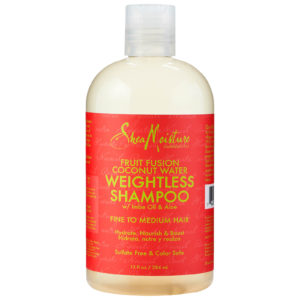

Type 3 Curly
Curly hair has spiral shape forming ringlets which clump together. Natural oils from the scalp tend to stay on the root which dries out the spirals. Frequent deep conditioning treatments at least once a week to retain elasticity and moisture will benefit this type of curly hair. For styling, use creams or puddings that nourish and lock in moisturise.
3a: Defined loops the size of a cork from a wine bottle.
3b: Springy ringlets size of your index finger with more volume than 3a curls.
3c: Tight corkscrew curls the circumference of a straw with lots of volume.
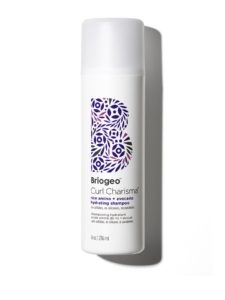
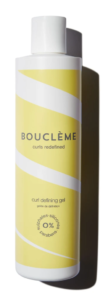
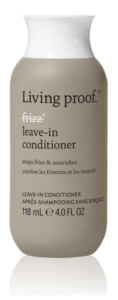
Type 4 Coily and Kinky Hair
Ranging from tightly coiled S-shaped to Z-shaped kinky patterns, this type of curl can either feel soft, fine or coarse and wiry depending on the thickness. Hair also appears shorter due to the tightness of the curl which is known as shrinkage. Type 4 curls are prone to breakage, dryness and tangles. Deep conditioning treatments containing nutritious oils are essential in hydrating the hair shaft along with styling your hair with a creamy humectant as a leave-in treatment to maximize protection and moisture. A curl-defining custard or gelee can stretch the coil safely for twist-outs and braid-outs.
4A: Tightly coiled S-shaped corkscrews the size of a crochet needle. Coils are compact and dense but in a visible curl pattern.
4B: curls are very tightly coiled like the spring in a pen and bends in angles like the letter z. The curl is tighter than 4a and less defined.
4C: The tightest of the curl patterns. These curls are z-shaped like 4b curls, but tighter and denser due to greater shrinkage.3c: Tight corkscrew curls the circumference of a straw with lots of volume.
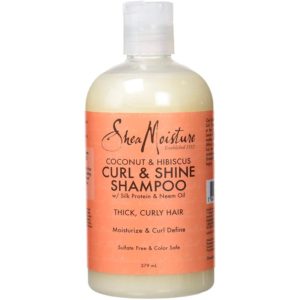
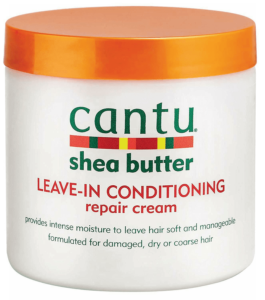
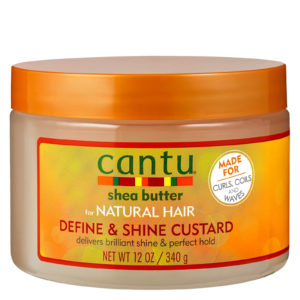
Heat and Chemically Damaged Hair
If you’re a slave to highlights, blow drys and straighteners, then chances are you’ve damaged your hair along the way. There are two types of hair damage that can affect your natural curl pattern; heat and chemical processing which break down the hair’s natural protein structure that provides strength. You’ll be able to detect if your hair has suffered from such damage if it feels brittle and porous and when you leave your hair to dry naturally, your curls don’t exactly curl; which means you need to restore both the lack of protein and moisture the hair is craving.
If you’re unsure what your hair needs, just do a float test. Take a couple of strands of hair from your comb or brush and drop them into a bowl of water. Let them sit for 2-4 minutes. If your hair floats, you have low porosity. If it sinks, you have high porosity.
It’s a no brainer that deep conditioning treatments should be an essential part of anyone’s routine if their hair is damaged; however you need a good balance of protein and moisture if you’re trying to resurrect your curl pattern. Too much of either will leave your hair unbalanced and overly dry or too relaxed which is confusing territory for curls.
We highly rate ApHogee Two-Step Protein Treatment for hair that is either over-bleached, will not hold colour or breaks when combed or brushed. The unique treatment is formulated with magnesium and modified proteins which fuse into the hair and comes with a balancing moisturiser for hair and scalp to even out the protein treatment.
